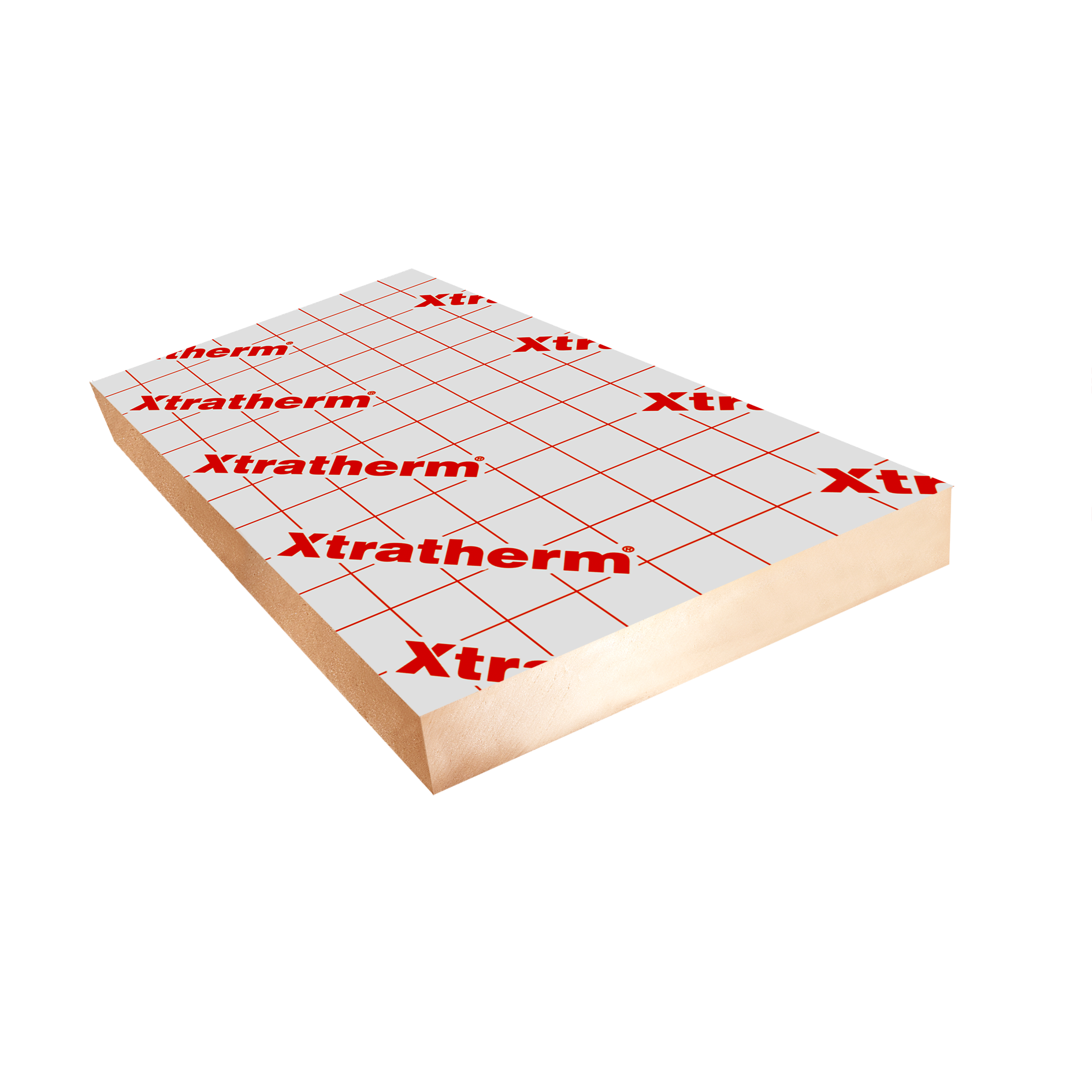I was planning to cut a number of plywood sheets using a foam insulation board as a sacrificial base, e.g. as in this video:
Unfortunately, I couldn't source a similar board to that locally. The one I ended up with is an XPS insulation board but it's foil backed:

I was planning to cut the plywood on a foam board like this, with a circular saw, on the ground. But I saw somewhere that if you cut a foil backed foam board and there is plywood dust being mixed too, there is enough static to ignite air explosions? I don't know how it works to be honest, they mentioned something about the foil shorting?
Does anyone know if this is a thing, and if it's likely? I would be planning to cut the plywood outdoors.
Or is it dangerous to use foil backed board in this manner?
Unfortunately, I couldn't source a similar board to that locally. The one I ended up with is an XPS insulation board but it's foil backed:

I was planning to cut the plywood on a foam board like this, with a circular saw, on the ground. But I saw somewhere that if you cut a foil backed foam board and there is plywood dust being mixed too, there is enough static to ignite air explosions? I don't know how it works to be honest, they mentioned something about the foil shorting?
Does anyone know if this is a thing, and if it's likely? I would be planning to cut the plywood outdoors.
Or is it dangerous to use foil backed board in this manner?

































